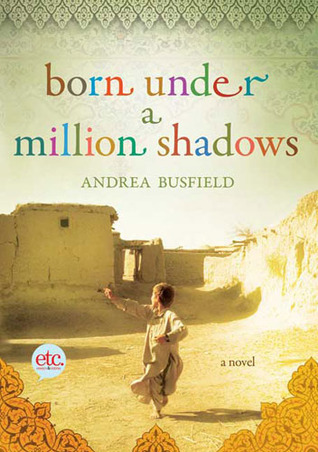
The Pearl That Broke Its Shell
Book Description
In a world where survival hinges on breaking free from tradition, two women’s paths intertwine across generations in war-torn Afghanistan. Rahima, who defies the constraints of her society by becoming a bacha posh—dressing as a boy to access freedom—grapples with the weight of choices that echo through time. Meanwhile, her ancestor, Shekiba, faces her own battles against oppression, longing for a life beyond the confines of her fate. As whispers of revolution grow louder, will they find the courage to shatter their shells and forge their destinies? What sacrifices will they make for freedom and the love they crave?
Quick Book Summary
"The Pearl That Broke Its Shell" by Nadia Hashimi is a moving historical novel set in Afghanistan, exploring the intertwined fates of two women from different generations—Rahima in the early 21st century, and her great-great-grandmother, Shekiba, a century before. Both women grapple with rigid patriarchal traditions and harrowing personal circumstances. Rahima, unable to attend school or move freely, becomes a "bacha posh," a girl who lives as a boy for a time, granting her brief autonomy. Shekiba, scarred both physically and emotionally, forges her own survival against formidable odds. As the women confront forced marriages, political upheaval, and cultural expectations, they discover resilience in the stories of those who came before them. The novel powerfully explores the cost and courage of transcending tradition in pursuit of dignity and self-determination.
Summary of Key Ideas
Table of Contents
Gender Roles and Identity
Rahima’s story is set in Taliban-era Afghanistan, where opportunities for girls are severely restricted. As the third daughter in a family with no sons, Rahima is allowed to become a “bacha posh,” a cultural practice where girls dress and live as boys, gaining freedoms otherwise denied to them. With her new identity, Rahima experiences a taste of autonomy, attending school and running errands, but this newfound freedom is short-lived. As family pressures mount and war continues to ravage the country, she’s forced into marriage at the young age of thirteen to a cruel warlord, facing the harsh realities many Afghan women endure.
Generational Resilience and Inheritance
Decades earlier, Shekiba’s journey unfolds in a society equally unkind to women. Orphaned and scarred by an accident, Shekiba is ostracized in her village. After a series of tragic events, she is conscripted to guard the king’s harem dressed as a man. This role, both empowering and isolating, creates a sense of agency but also places Shekiba in perilous situations. Her struggle highlights the consequences of standing apart from societal norms, yet her inner strength becomes a beacon for future generations.
Tradition versus Modernity
The novel delves deep into the tension between tradition and modernity. Rahima and Shekiba’s stories demonstrate the profound ways in which cultural customs can both enable and imprison women. The practice of bacha posh serves as a double-edged sword, temporarily liberating yet ultimately reinforcing the limitations placed upon women. Each character encounters moments where ancient traditions must be either obeyed for survival or broken in acts of rebellion, casting a light on the complexity of navigating societal expectations.
Freedom and Sacrifice
A strong thread of inherited resilience weaves between Rahima and Shekiba. The novel illustrates how stories—even those whispered across generations—can empower survivors to persevere. Rahima draws inspiration from Shekiba’s legend, fostering a connection to her ancestry that strengthens her resolve. This theme underlines the idea that while personal choices are shaped by present circumstances, the courage and tenacity of forebears provide invaluable guidance and hope.
The Power of Storytelling
Ultimately, Hashimi’s storytelling underscores the sacrifices inherent in the pursuit of freedom and self-determination. Both Rahima and Shekiba face painful consequences—estrangement, abuse, and the threat of violence—to claim agency over their futures. Yet, through these sacrifices, and by giving voice to each other’s stories, they illuminate a path towards a world where women are not defined by the shells imposed upon them. The novel poignantly celebrates endurance, kinship, and the universal quest for dignity.
Download This Summary
Get a free PDF of this summary instantly — no email required.





